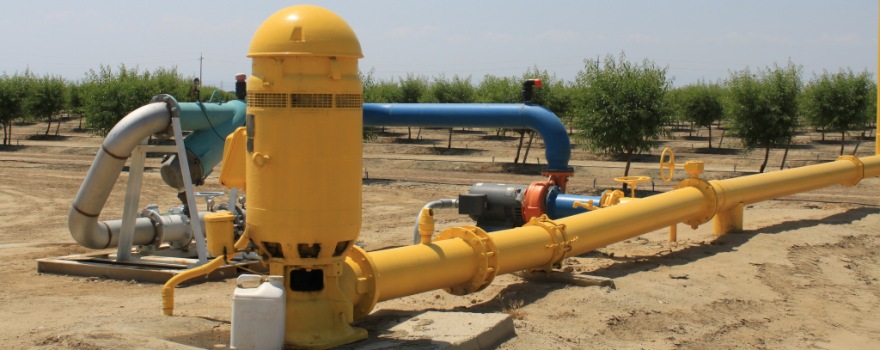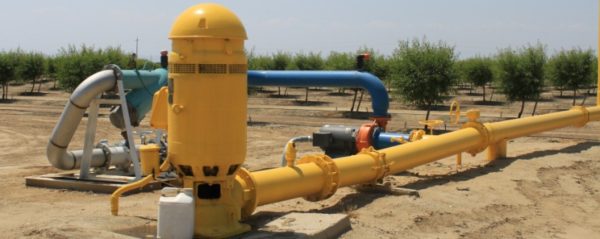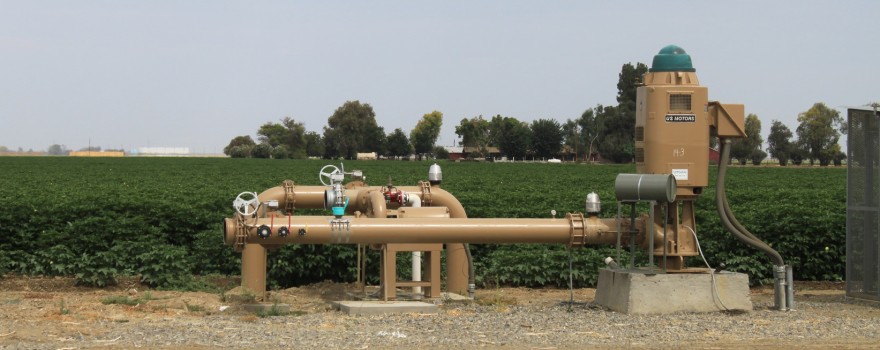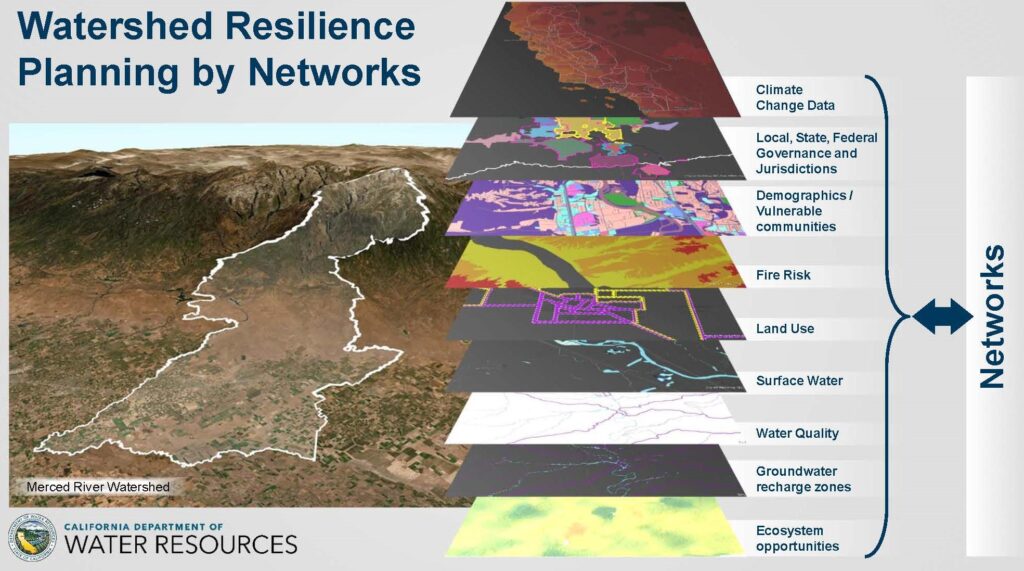
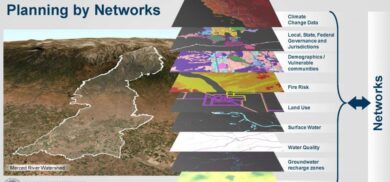 Kamyar Guivetchi is the Manager of DWR’s Division of Planning, where he works with staff, numerous government agencies, California Native American tribes, other stakeholders, and the public to prepare the California Water plan updates. At the UC Davis Groundwater SAS Symposium, Mr. Guivetchi gave a keynote address focusing on the need to build watershed resilience by increasing integration among agencies with responsibilities for water resources. He also touched on the Newsom administration’s water initiatives, the update to the California Water Plan, and Flood-MAR.
Kamyar Guivetchi is the Manager of DWR’s Division of Planning, where he works with staff, numerous government agencies, California Native American tribes, other stakeholders, and the public to prepare the California Water plan updates. At the UC Davis Groundwater SAS Symposium, Mr. Guivetchi gave a keynote address focusing on the need to build watershed resilience by increasing integration among agencies with responsibilities for water resources. He also touched on the Newsom administration’s water initiatives, the update to the California Water Plan, and Flood-MAR.
Mr. Guivetchi began by noting that context is really important when discussing water in California. California is a big state with ten hydrologic regions, each the size of other states.
“If California were the size of Connecticut, we would have an entirely different way of thinking about water,” he said. “So the size and diversity of our hydrologic regions mean there are no cookie-cutter solutions. We really have to work at the watershed scale and customize what needs to be done.”
Click here to continue reading this article at Maven’s Notebook.
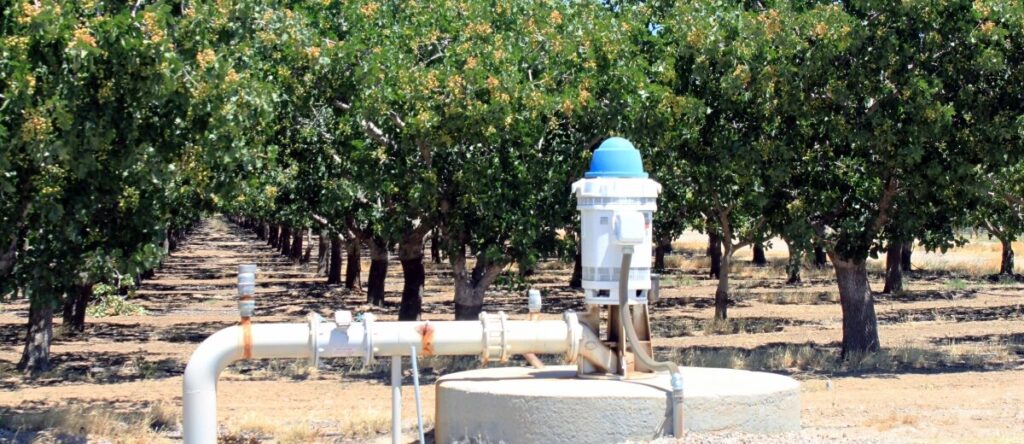 The details of how a groundwater sustainability plan will be implemented are defined by the setting of sustainable management criteria (or SMC). With several undesirable results to consider, a range of technical analyses to perform, data gaps yet to be filled, and potentially conflicting stakeholder interests, the process to establish sustainable management criteria is often involved and challenging.
The details of how a groundwater sustainability plan will be implemented are defined by the setting of sustainable management criteria (or SMC). With several undesirable results to consider, a range of technical analyses to perform, data gaps yet to be filled, and potentially conflicting stakeholder interests, the process to establish sustainable management criteria is often involved and challenging.
At the Groundwater Resources Association’s 3rd annual GSA Summit, a panel reviewed how the process went for the groundwater sustainability plans that were submitted to the Department of Water Resources earlier this year, focusing on four of the six sustainable management criteria: water levels, water quality, land subsidence, and interconnected surface waters.
Click here to read this article at Maven’s Notebook.
From Stanford’s Water in the West program:
A century after the state began overseeing surface water, the California legislature enacted a set of three laws regulating water below the surface. The passage of the Sustainable Groundwater Management Act (SGMA) in 2014, granted the state official oversight authority of groundwater. However, its involvement existed long before SGMA and continues to influence current policies and regulation of the resource. A new paper published in Society and Natural Resources, examines how the state’s ongoing involvement helped shape current policies by looking at the 120-year history of California’s role in groundwater management and policy development.
Below, study lead Evan Dennis and co-author Tara Moran, discuss the state’s changing role from supporting to mandating groundwater management. Dennis is a research associate at the Center for the Analysis of Social-Ecological Landscapes at Indiana University, Bloomington and Moran is a research associate and sustainable groundwater lead at Stanford’s Water in the West program.
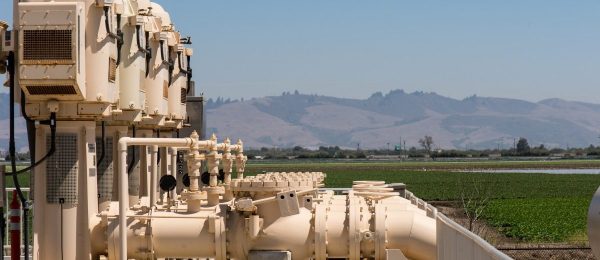 The Pajaro Valley is home to a billion-dollar agricultural industry, it’s rich, fertile soil providing fruits and vegetables for the nation and all grown with groundwater. Located on the Central Coast, the Pajaro Valley has no connection to the State Water Project or to otherwise bring in imported water.
The Pajaro Valley is home to a billion-dollar agricultural industry, it’s rich, fertile soil providing fruits and vegetables for the nation and all grown with groundwater. Located on the Central Coast, the Pajaro Valley has no connection to the State Water Project or to otherwise bring in imported water.
In 1980, the Department of Water Resources published Bulletin 118, identifying the Pajaro Valley as one of eleven basins in the state considered critically overdrafted. Community leaders recognized that local management of the groundwater basin was necessary as seawater intrusion was already impacting agricultural water supplies as well as domestic wells; however, there was no single agency with authority to manage the entire basin which encompasses parts of Santa Cruz, Monterey, and San Benito counties as well as the City of Watsonville. So in 1984, local legislators spearheaded the state legislation necessary to form the a multi-jurisdictional agency to manage groundwater which was subsequently approved by local voters.
Since that time, the Pajaro Valley Water Management Agency has been working toward sustainable management of the Pajaro Valley’s water resources. At the 2019 Western Groundwater Congress, General Manager Brian Lockwood discussed the projects and programs the Agency is implementing as they work towards achieving groundwater sustainability.
Click here to read this article at Maven’s Notebook.
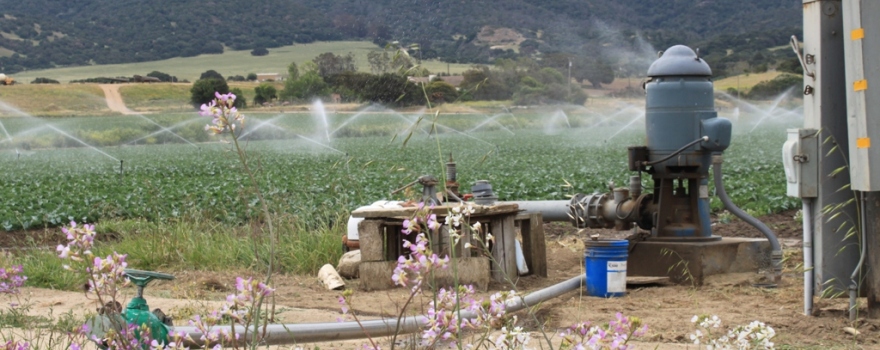 David Sandino and Maurice Hall present their big ideas on groundwater management
David Sandino and Maurice Hall present their big ideas on groundwater management
The Groundwater Resources Association of California (GRA) created the David Keith Todd Distinguished Lecture Series to honor Dr. David Keith Todd, a GRA 1999 Lifetime Achievement Award recipient, for his enormous contributions to groundwater science and technology, and to foster interest and excellence in applied groundwater science and technology. Two lecturers are selected with the lectures offered in Northern and Southern California at universities, statewide and regional GRA events, and GRA’s Annual Conference and Meeting.
The 2019 lectures featured David Sandino, Senior Staff Counsel at the Department of Water Resources, who spoke about the disconnect between legal groundwater systems and how the system actually works, describing the areas where they do not accurately reflect the physical environment and pose problems for effective groundwater management; and Maurice Hall, Associate Vice President of Ecosystems-Water at the Environmental Defense Fund, who spoke of how more holistic and inclusive groundwater management can increase the resilience of our water supply and sustain and enhance the services that groundwater basins provide for a wide range of stakeholders.
At the Groundwater Resources Association’s 2019 Western Groundwater Congress, Mr. Sandino and Mr. Hall gave brief presentations of their lectures.
Click here to read this article at Maven’s Notebook.
Six regions of California that considered themselves to be managing groundwater sustainably have been informed otherwise by state officials, who rejected alternatives to preparation of groundwater sustainability plans for the regions. Three of the applicants have agreed to form groundwater sustainability agencies as required under the Sustainable Groundwater Management Act. The remaining three—in Humboldt, Lake and Napa counties—face decisions on how to proceed.
In all, the California Department of Water Resources reviewed alternative proposals for 15 groundwater basins or subbasins, and approved nine of the proposals.
The agencies that submitted alternatives must satisfy the objectives of SGMA, and demonstrate the basin has been operating sustainably for at least 10 years or has a well-defined plan to achieve sustainability within 20 years. The law, approved in 2014, requires local agencies overseeing basins ranked as medium or high priority to develop groundwater sustainability plans or submit an alternative.
Continue reading from Ag Alert here: Groundwater: Agencies react to rejection of alternative plans
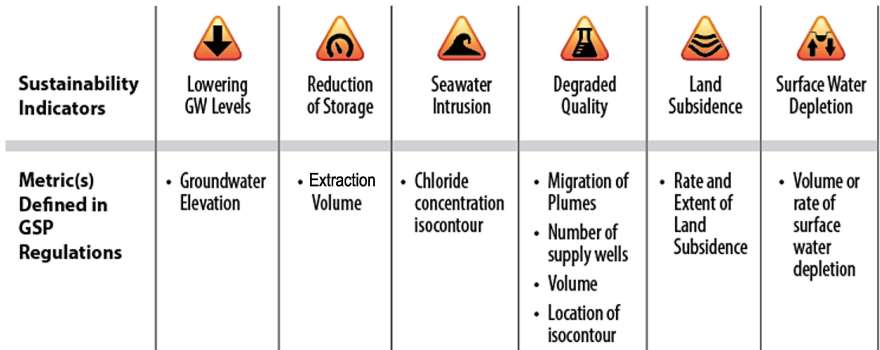 Minimum thresholds, measurable objectives, undesirable results: A panel of consultants discuss the specifics of how their GSAs determined sustainable management criteria
Minimum thresholds, measurable objectives, undesirable results: A panel of consultants discuss the specifics of how their GSAs determined sustainable management criteria
The passage of the Sustainable Groundwater Management Act in 2014 requires that groundwater basins be managed such that the use of groundwater can be maintained during the planning and implementation horizon without causing undesirable results. In order to demonstrate sustainability, the Groundwater Sustainability Plan regulations require the development of locally-defined quantitative sustainable management criteria, including undesirable results, minimum thresholds, and measurable objectives.
At the second annual Groundwater Sustainability Agency Summit, hosted by the Groundwater Resources Association in June of this year, a panel of consultants discussed the process and the specifics of how they developed sustainable management criteria for their basins.
Click here to this article from Maven’s Notebook.
 Kamyar Guivetchi is the Manager of DWR’s Division of Planning, where he works with staff, numerous government agencies, California Native American tribes, other stakeholders, and the public to prepare the California Water plan updates. At the UC Davis Groundwater SAS Symposium, Mr. Guivetchi gave a keynote address focusing on the need to build watershed resilience by increasing integration among agencies with responsibilities for water resources. He also touched on the Newsom administration’s water initiatives, the update to the California Water Plan, and Flood-MAR.
Kamyar Guivetchi is the Manager of DWR’s Division of Planning, where he works with staff, numerous government agencies, California Native American tribes, other stakeholders, and the public to prepare the California Water plan updates. At the UC Davis Groundwater SAS Symposium, Mr. Guivetchi gave a keynote address focusing on the need to build watershed resilience by increasing integration among agencies with responsibilities for water resources. He also touched on the Newsom administration’s water initiatives, the update to the California Water Plan, and Flood-MAR.

